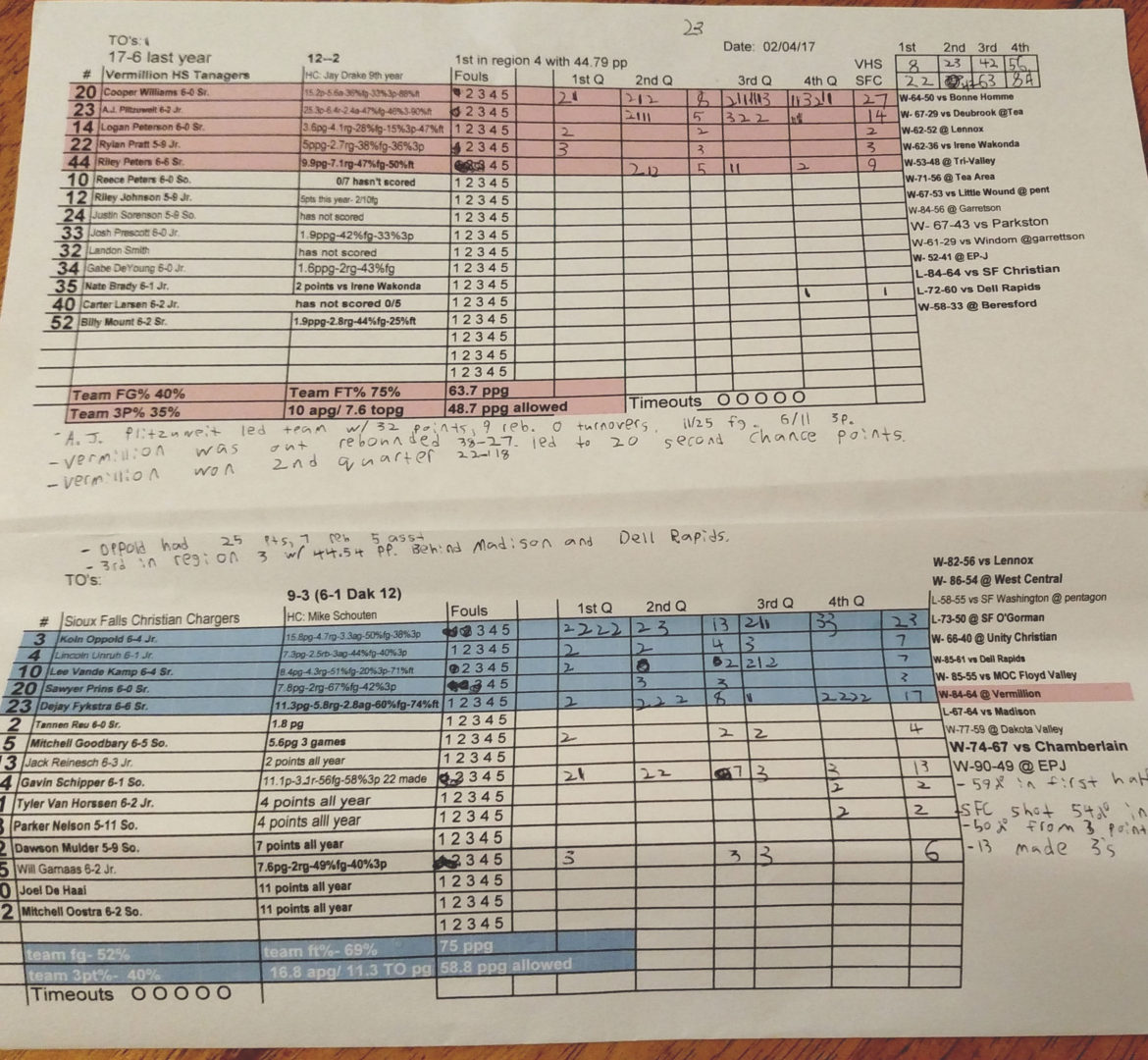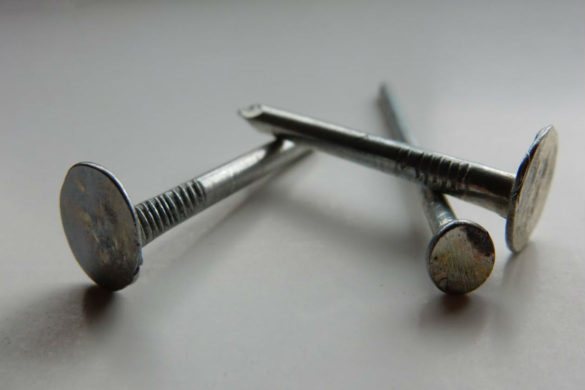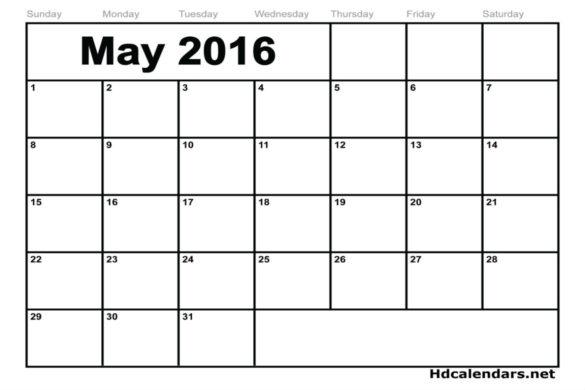I received the following email from a young broadcaster asking about how to streamline the basketball preparation process:
I was curious if you had a process you like to go through to prep for your games? I do broadcasting as a side job/hobby and so I’m usually forced to carve out slivers of time here and there to get onto our Iowa stats website and start pulling information for the next game.
I often find that the prep takes longer than I would like for the small chunks of content it ends up yielding once I’m on the air. Sometimes I’ll end up printing off several sheets of paper, trying to capture the most info possible…and when I’m on the air it ends up being more of a hindrance trying to shuffle papers around.
I’m wondering if you’ve developed any tools to smooth out and expedite the prep process?
As it turns out, I have! I answered this email individually, but I figured this is as good a time as any to share the way I prepare for basketball. Before I start, I have to give this disclaimer. This is just the way I do things. It doesn’t mean I’m right, or this is the only way to do things. It’s just what works for me.
My preparation goals have changed a bit from covering small college to now covering local small town high school. When I covered small college, I really dug for every little biographical tidbit I could find. I called SID’s, pored over stats, talked with opposing media, and watched any highlights or video I could find on YouTube.
I was extremely frustrated the first month or so of doing high school sports because I tried to do things the same way, and it became apparent very quickly that much of the information I was used to having was simply not available. There are no public stats available, most teams had no opposing media coverage, and SID’s are not a thing at that level.
What I quickly found is that coaches are your lifeblood, and to them we are not a priority. Most of them, in addition to coaching, are either teachers or have jobs outside of the school district. This is important because the first key to prepping for high schools games is to build relationships with coaches. If you are the voice of a team, you have to start with the coaches for your team. You don’t have to be best friends, but you have to establish a relationship and prove yourself trustworthy. Over time trust grows and there is a great chance that they will start to share more and more inside perspective about what makes their team tick.
It’s also important to build relationships with opposing coaches, though it’s unlikely to happen quickly, since you may see a team once or twice a year. This makes first impressions extremely important! You have to establish that you’re a professional and that you will treat their team, and their information with respect. Dress nice on road trips, make sure email contact is grammatically correct, and respect their time!
With that in mind, I start my process by emailing the opposing coaches making a request for stats, projected starters, and a short interview request for our pregame show. With basketball games being scheduled at a fast and furious pace, it’s important to work ahead. I try to email coaches a minimum of two days before the game. I get replies with requested material right away about half the time. If I don’t get any response I follow up the next day with a phone call and usually they remember your email and get back quickly. Again, we have to remind ourselves that we are not a high priority and it’s easy to forget about us when they get busy with class, practice, etc.
Once I have starters and stats I put together a score sheet. My chart is a customized excel spreadsheet based off of the sheet used by Scott France, my college mentor in sportscasting. I put the five starters at the top of the score sheet and highlight them in the team colors to make it easy to find them quickly. All other players are below the colored section in numerical order. Next to each player’s name, I include basic info including height, weight, and year in school. To the right, is another cell where I include key stats for each player, these can include points, rebounds, shooting percentages, turnovers or whatever else is relevant for that particular player. At the top of the page I put basic team information including records, previous season records, coach information, and anything else that seems relevant. On the far right side I type out their entire schedule with results for easy access. At the bottom of the page I include key team stats including shooting percentages, turnover/assist margin, rebounding margin, average scores, etc. I also leave room to handwrite notes, key storylines, players approaching records, or anything else I deem important.
Once all the information is entered I print off a sheet for each team on letter sized paper and tape them together to form one large score sheet where I can find all of the essential game information at a very short glance. I also like to type three pages of notes when possible. One page for each team that includes season highs, career highs, and biographical information on each player in numerical order. I place one teams notes directly to the right of my score sheet and the other to the left. Keeping it to one page is key because if you have to flip through numerous pages to find something, it’s really difficult to find it in a timely manner.
I try to arrive at the gym a minimum of 90 minutes before I go on air. This gives time to track down the opposing coaches to get name pronunciations, have a brief off the record conversation about their team, and record a short interview using a digital recorder or phone app. I follow this up by finding an AD, PA announcer, or someone else in the gym to double check on name pronunciations because coaches are notoriously poor in actually knowing how to say their own players’ proper names.
Once all this is complete I set up my equipment, test the line, and try to relax for a little while. If there is a JV game, try to pay attention to what is going on. The offense and defensive schemes are usually very similar and you can get a good idea of what you’re about to see x’s and o’s wise. Once the tip is in the air do the best with what you have and if you’ve done your due diligence it will be reflected in your broadcast.
I included a picture of my score sheet at the top of this blog and if anyone would like the template just email me through the contact page. I would be happy to share it.












4 Comments
So you received an email from a young broadcaster. Are you the (old) guy now?
Not as old as you!
Hey thanks for the response Logan!
[…] My Basketball Prep Process […]